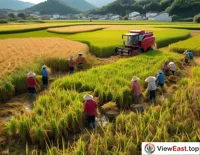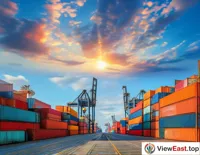






In 1978, China embarked on the historical journey of reform and opening up, a decision that profoundly influenced the trajectory of China's economy and led to a comprehensive renewal of social culture. Since then, China has moved towards the world, and the world has also moved towards China.
I. Implementation of the Reform and Opening Up Policy
The implementation of the reform and opening up policy marked a fundamental shift in China's economic system. The transition from a planned economy to a market economy stimulated the vitality of enterprises and promoted the diversified development of the economy. China gradually relaxed restrictions on foreign trade and foreign investment, introduced foreign capital, and learned advanced foreign technology and management experience.
II. Establishment of Special Economic Zones
The establishment of special economic zones (SEZs) is an important window for China's reform and opening up. Shenzhen, Zhuhai, Shantou, Xiamen, Hainan, and other SEZs have become the forefront of China's opening up, attracting a large amount of foreign investment and promoting the development of high-tech industries, accumulating valuable experience for China's modernization efforts.
III. The Rapid Development of China's Economy
Over the 40 years since the reform and opening up, China's economy has continued to grow rapidly, becoming the world's second-largest economy. China's economic structure has been continuously optimized, with the proportion of the primary industry declining and the secondary and tertiary industries rising, especially the rapid development of the service industry, which has become the main force driving economic growth. China's foreign trade and investment have significantly driven the global economy. The rapid development of China's import and export trade has made an increasing contribution to the prosperity of the international market and international trade.